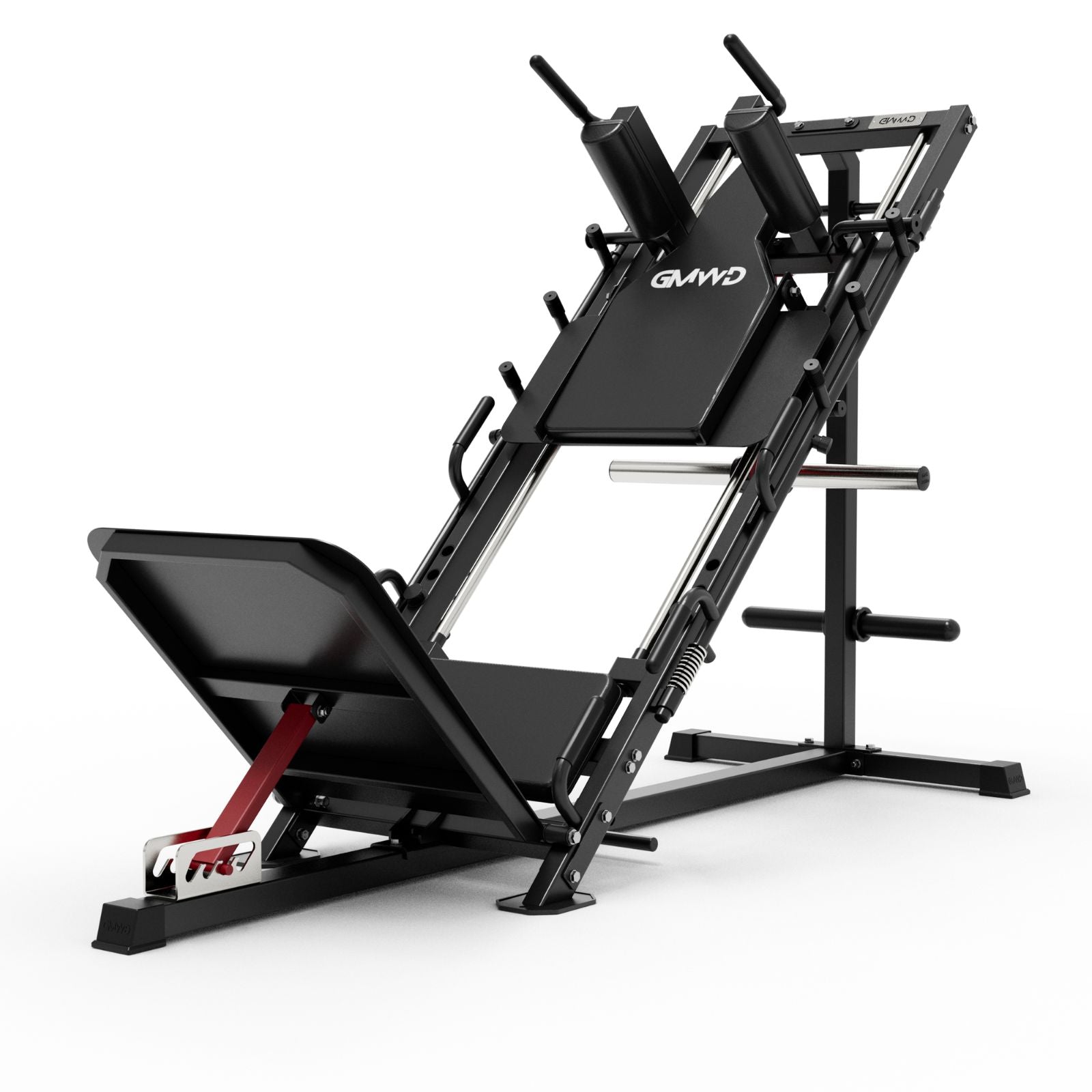Oblique tears, also known as oblique muscle strains or oblique injuries, are a common yet painful condition that can significantly impact daily activities. The oblique muscles, located on the sides of the abdomen, play a crucial role in core stability and movement. When these muscles are overstretched or torn, it can lead to a range of symptoms that vary in severity. This article explores the key symptoms associated with oblique tears, including oblique muscle strain symptoms, torn oblique muscle symptoms, and more, to help you identify and address this condition effectively.
What Are Oblique Tears?
Oblique tears occur when the internal or external oblique muscles are overworked, overstretched, or subjected to sudden, forceful movements. This can happen during activities such as sports, heavy lifting, or even sudden twisting motions. The severity of the injury can range from a mild strain to a complete tear, with symptoms varying accordingly.
Common Oblique Tear Symptoms
-
Pain in the Abdomen or Sides
One of the most noticeable oblique injury symptoms is pain along the sides of the abdomen. This pain may be sharp or dull, depending on the severity of the tear. For example, a right oblique muscle strain may cause localized pain on the right side, while a pulled external oblique muscle can lead to discomfort on the outer abdominal wall. -
Tenderness and Swelling
Tenderness around the affected area is a hallmark of oblique muscle tear symptoms. Swelling may also occur, particularly in cases of a torn oblique muscle. Pressing on the area may exacerbate the pain. -
Difficulty Moving or Twisting
Oblique strain symptoms often include difficulty performing movements that engage the core, such as twisting, bending, or even breathing deeply. A pulled internal oblique muscle may make it challenging to rotate your torso or maintain proper posture. -
Muscle Spasms
Muscle spasms are another common symptom of a pulled oblique muscle. These involuntary contractions can be painful and may occur during physical activity or even at rest. -
Bruising
In more severe cases, such as a torn oblique muscle, bruising may appear around the affected area. This is a sign of internal bleeding caused by the tear. -
Persistent Soreness
If your obliques are sore for no reason, it could indicate a mild strain or overuse. Persistent soreness, especially after physical activity, is a key symptom of oblique muscle strain. -
Gender-Specific Symptoms
Female oblique muscle pain may present differently due to anatomical differences. Women may experience pain radiating to the lower back or pelvic area, making it essential to differentiate oblique injuries from other conditions.
When to Seek Medical Attention
While mild oblique strain symptoms can often be managed with rest and self-care, severe cases require medical intervention. If you experience intense pain, inability to move, or symptoms that worsen over time, consult a healthcare professional. Diagnostic tools like MRI or ultrasound may be used to confirm a torn oblique muscle or pulled internal oblique muscle.
Prevention and Recovery
To prevent oblique injuries, focus on strengthening your core muscles and practicing proper techniques during physical activities. If you’re already experiencing oblique muscle strain symptoms, follow these steps for recovery:
-
Rest and avoid strenuous activities.
-
Apply ice to reduce swelling.
-
Use compression wraps for support.
-
Gradually reintroduce stretching and strengthening exercises.
Conclusion
Oblique tears, whether a mild strain or a severe tear, can cause significant discomfort and limit mobility. Recognizing the symptoms—such as pain, tenderness, and difficulty moving—is crucial for timely treatment. By understanding the nuances of oblique injury symptoms, pulled oblique muscle symptoms, and torn oblique symptoms, you can take proactive steps to recover and prevent future injuries. If you suspect an oblique tear, don’t hesitate to seek professional advice to ensure a safe and effective recovery.










































Leave a comment
This site is protected by hCaptcha and the hCaptcha Privacy Policy and Terms of Service apply.